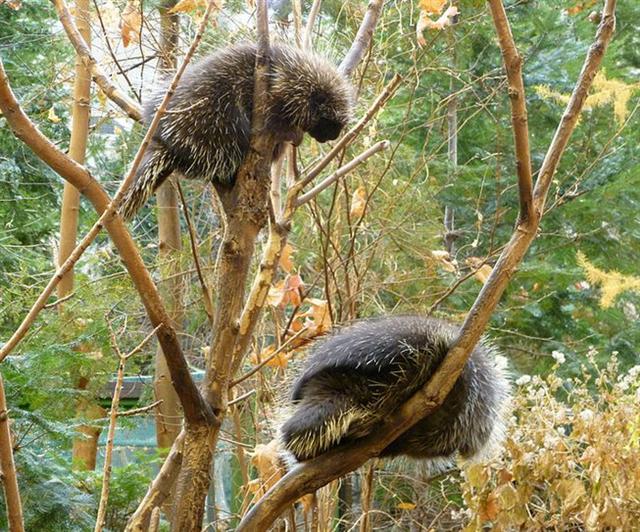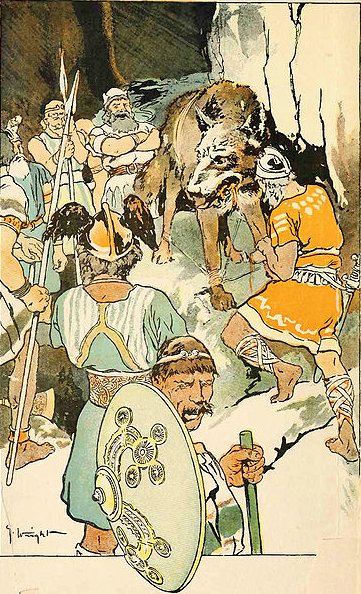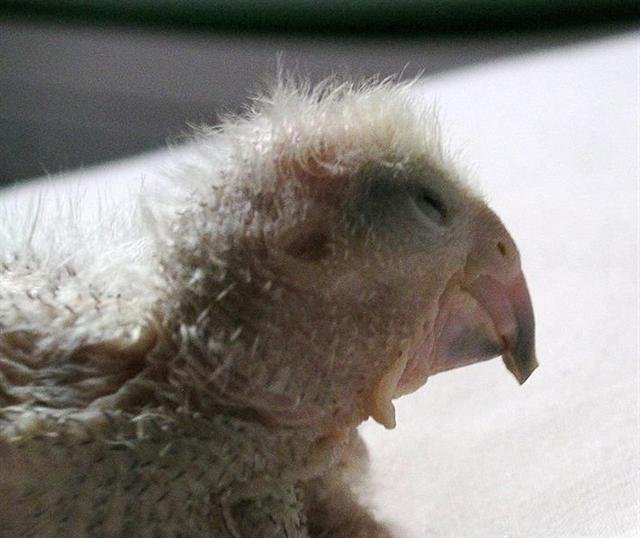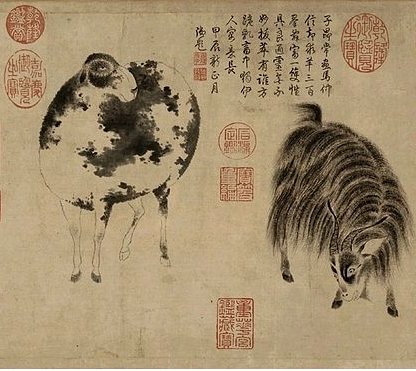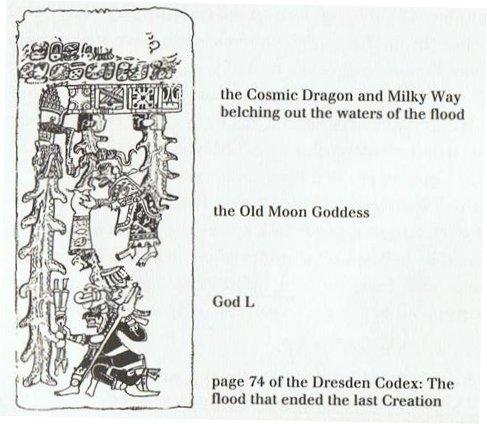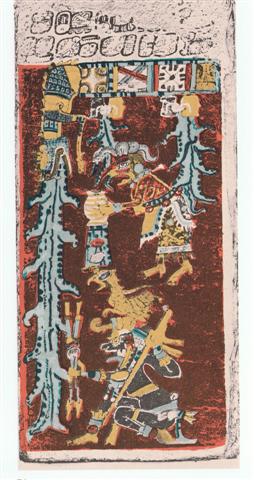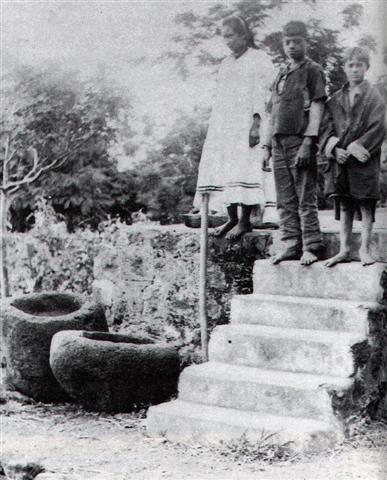The 14th Chinese station Wall stretched from Algenib Pegasi to the 15th station Legs (to walk on land with):
14 (toe-marks in the mud) = 41 - 27. ... During his descent the ancestor still possessed the quality of a water spirit, and his body, though preserving its human appearance, owing to its being that of a regenerated man, was equipped with four flexible limbs like serpents after the pattern of the arms of the Great Nummo. The ground was rapidly approaching. The ancestor was still standing, his arms in front of him and the hammer and anvil hanging across his limbs. The shock of his final impact on the earth when he came to the end of the rainbow, scattered in a cloud of dust the animals, vegetables and men disposed on the steps. When calm was restored, the smith was still on the roof, standing erect facing towards the north, his tools still in the same position. But in the shock of landing the hammer and the anvil had broken his arms and legs at the level of elbows and knees, which he did not have before. He thus acquired the joints proper to the new human form, which was to spread over the earth and to devote itself to toil ...
My ideas are gaining support from the text on page E:99, where there was a distinction between the islet Motu O Oro ... He became a mighty warrior in those days, and was known throughout all the island, so that when he died, his name, Mokuola, was given to the islet in the bay of Hilo [Mercury] where his bones were buried; by which name it is called even to the present time ... and the mainland: ... He loudly screamed the following toward the land [he ohu.mai a uta.penei ē]: 'Hahaki A Roro and his (brothers) Manu Kena A Roro, Te Paripari A Roro, Kai Tanoa A Roro, Eve Pipiro I Te Hiku Koe A Roro, and Aro Nehenehe O Roro, are corpses [te papaku]. They have been killed [ku mamate ana] by having their intestines torn out, you (people) on land!' Then the servant (tuura) of the king (i.e. Rovi) quickly ran toward the land, came ashore [he tomo ki uta], and brought the news [he rongo he oho.mai] ... The dead bodies of the young men had to be brought to land on the back side of the Northern Fish, for they were presumably located between Sirrah (*0) and η Andromedae (*11).
From the Wolf (η Andromedae) to the First Point of Aries (*27) there were 16 right ascension nights.
At Sheratan the dangerous Wolf of the night (alias Fenrir) would become domesticated.
In ancient Egypt the Pharaoh had to go to the Opener of the Way - the wolf god - in order to get his sacred standard anointed: ... The king, wearing now a short, stiff archaic mantle, walks in a grave and stately manner to the sanctuary of the wolf-god Upwaut, the 'Opener of the Way', where he anoints the sacred standard and, preceded by this, marches to the palace chapel, into which he disappears. A period of time elapses during which the pharaoh is no longer manifest.
When he reappears he is clothed as in the Narmer palette, wearing the kilt with Hathor belt and bull's tail attatched. In his right hand he holds the flail scepter and in his left, instead of the usual crook of the Good Shepherd, an object resembling a small scroll, called the Will, the House Document, or Secret of the Two Partners, which he exhibits in triumph, proclaiming to all in attendance that it was given him by his dead father Osiris, in the presence of the earth-god Geb. 'I have run', he cries, 'holding the Secret of the Two Partners, the Will that my father has given me before Geb. I have passed through the land and touched the four sides of it. I traverse it as I desire.' ... Akui. To smear, to anoint. Vanaga. a. To rub, to scrub. b. To sharpen, to put an edge on. c. To brush, to daub, to paint, to grease, to anoint. Churchill. We can guess the period of time when the Pharaoh no longer was manifest corresponded to the 16 right ascension nights from the Wolf to the Dog. The star of the Wolf (η Andromedae) returned to visibility late at night when the Sun reached the Dog (Sheratan). There were 3 'buns' at left and 3 at right, similar to the arrangement of the vaero 'feathers' in the center of side a on the C tablet. Va. 1. Hakava, judge, judgement. T Mgv.: akava, to judge, to pass sentence. Pau.: haava, to judge, to conjecture. Ma.: whakawa, to charge with crime, to condemn. Ta.: haava, to judge. 2. Hakava, to speak. P Mgv.: va, to speak. Mq.: vaa, to chatter like a magpie. The Marquesan retains more of the primal sense although the simile is an alien importation. In Samoa va means a noise, in Tonga va is a laughing noise, in Futuna va is the disorderly cry of tumult, and probably it is the initial element of Viti wa-borabora to speak quickly and confusedly as when scolding. Its only identification in Tongafiti territory is Hawaii wawa the confused noise of a tumult ... Churchill. Ta.: va, space between the leaves in a roof. Sa.: va, space between. Ma.: wa, interval. Churchill. Hiero. To shine, to appear (of the rays of the sun just before sunrise). He hiero te raá, dawn breaks. Vanaga.
In Babylonian religion, Sarpanit (alternatively Sarpanitu, Zarpanit, Zarpandit, Zerpanitum, Zerbanitu, or Zirbanit) is a mother goddess and the consort of the chief god, Marduk. Her name means 'the shining one', and she is sometimes associated with the planet Venus. By a play on words her name was interpreted as zēr-bānītu, or 'creatress of seed', and is thereby associated with the goddess Aruru, who, according to Babylonian myth, created mankind. Her marriage with Marduk was celebrated annually at New Year in Babylon. She was worshipped via the rising moon, and was ofted depicted as being pregnant. She is also known as Erua. She may be the same as Gamsu, Ishtar, and / or Bēlit ...
... Glyph 182 on the C tablet has a kind of 'fruit' (offspring, hua) at the back side and the illuminated Moon cresent (marama) in front. Metoro said: kua hua - ki te marama:
Juggling numbers we can find e.g. 182 + 71 * 4 = 2 * 91 + 284 = 466 = 366 + 100 = 101 + 365. The number of 'feathers' are 3 (high at left) + 3 (low at right) = 6.
These feather marks could indicate 'lights in the night-time' (e.g. light months), for instance 3 * 29 = 87 and 6 * 29 = 174 = 364 - 190. It will then become clear that the lights themselves are missing - the months were no longer directly ruled by specific stars. Right ascension night number 182 (= the nakshatra position of Ca7-14) was at 12h.
Here the Sun was half a year away at the location of the 2nd Spout (0h at heliacal Sirrah).
The 2nd Spout would evidently be caught in a kind of bucket held by the Old Moon Goddess, we can see.
|
||||||||||||||||||||||||||||||||||||||||||||||||||||||||||||||||||||||||||||||||||||||||||||||||||||||||||||||||||||||||||||||||||||||||||||||||||||||||||||||||||||||||||||||||||||||||||||||||||||||||||||||||||||||||||||||||||


